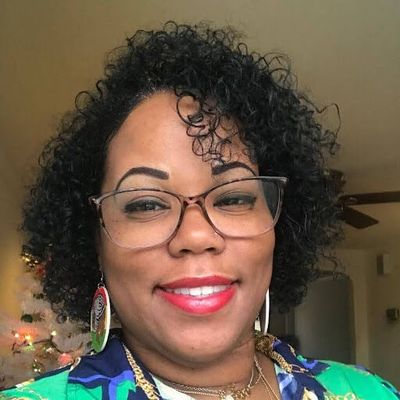In today’s educational landscape, the legitimacy of standardized testing is being questioned more than ever. With many colleges no longer requiring SAT scores for admission, educators and parents alike are asking: Is standardized testing becoming outdated? And if so, how else can we measure student learning in meaningful, equitable, and engaging ways?
Standardized tests have long been the dominant method of assessment, but they often fail to capture the range of a student’s abilities, creativity and growth. They emphasize memorization and test-taking over critical thinking, collaboration and real-world application. As education evolves, so too must our methods of assessment.
Multimedia Expression
One powerful alternative is project-based learning, which allows students to explore topics deeply and demonstrate understanding through hands-on, creative work. With the rise of digital media and social platforms, students are increasingly comfortable expressing themselves through video, audio, and visual formats.
Imagine students reenacting historical battles, performing spoken word poetry to explain a science concept, writing rhymes about math principles, or creating dioramas to illustrate the solar system. These multimedia projects allow students to demonstrate their understanding in dynamic and personalized ways. They also encourage cross-disciplinary thinking, blending art, language, and technology with core academic subjects.
By encouraging students to create presentations, posters, podcasts or videos, educators can tap into student interests and keep them meaningfully engaged. These nontraditional assessments reveal deeper levels of comprehension and allow students to take pride in their work.
Teaching Students to Solve Real-World Problems
As we reimagine assessment, we must rethink the skills we want students to develop. Students need to be taught how to think, not just what to think. They must learn to approach challenges with curiosity, creativity and resilience.
Assessments should focus on problem-solving, innovation and real-world application. For example, instead of answering multiple-choice questions about environmental science, students could design a sustainable community model. Instead of memorizing formulas, they could apply math to budget a school event or analyze data from a local issue.
These types of assessments encourage students to think critically, collaborate with peers and explore multiple solutions. They mirror the kinds of challenges they’ll face in life beyond the classroom–and prepare them to meet those challenges with confidence.
Collaborative Learning
Group projects with clearly defined roles offer another valuable assessment method. Working collaboratively allows students to learn from one another while developing essential social skills, leadership abilities, and friendships. These experiences deepen academic understanding and prepare students for real-world teamwork.
In a group setting, students can take on roles such as researcher, designer, presenter or editor. This structure ensures accountability while allowing each student to contribute according to their strengths. Teachers can assess both the final product and the process–observing how students communicate, solve problems and support one another.
What Parents Can Do
Parents can encourage their children to express their preferences when it comes to demonstrating learning. If your child thrives in creative or hands-on environments, help them communicate that to their teacher in an appropriate manner. Many educators are open to adapting when they understand a student’s strengths and needs.
Parents can support project-based learning at home by helping students brainstorm ideas, gather materials or practice presentations. When families are involved, students feel more confident and motivated to succeed.
Rethinking What Success Looks Like
Ultimately, reimagining assessment means rethinking what success looks like in the classroom. It’s not just about getting the right answer–it’s about understanding the concept, applying it and communicating it effectively. It’s about fostering curiosity, creativity and resilience.
Alternative assessments can be inclusive, allowing students with different strengths and backgrounds to shine. They can be more culturally responsive, giving students opportunities to connect learning to their experiences and communities.
By embracing diverse methods of assessment, we can create learning environments that are more engaging, equitable and reflective of the real world.
